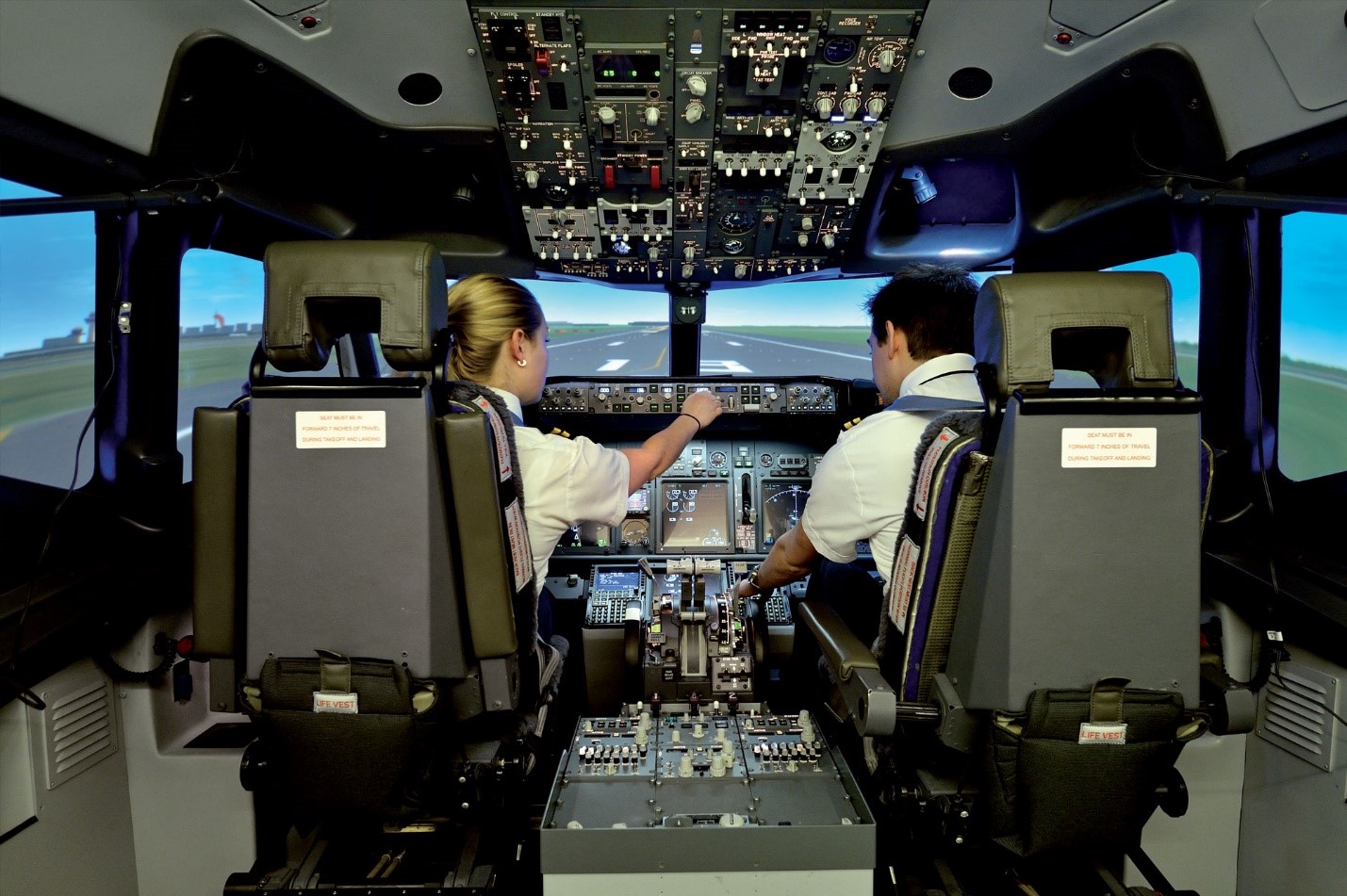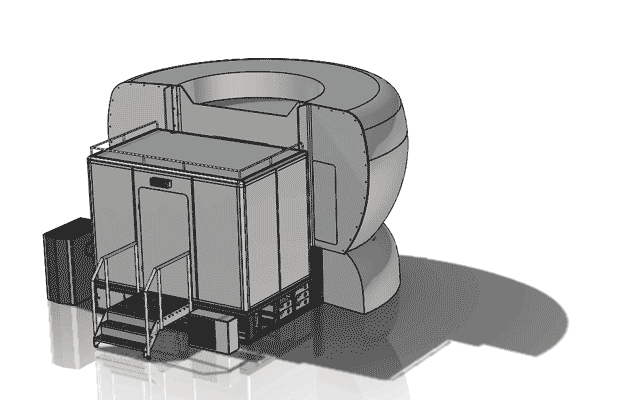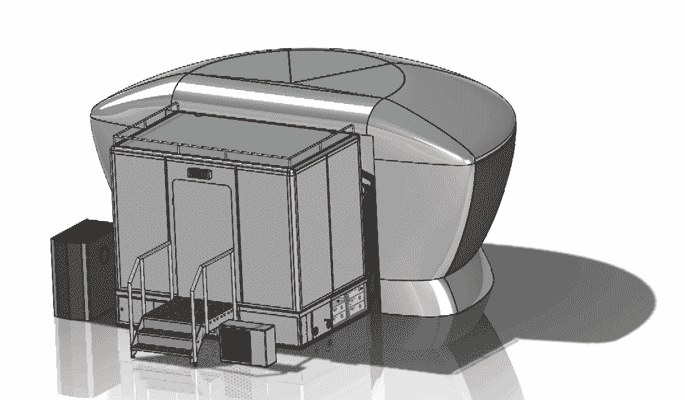Last week at EATS there was significant discussion on the requirements regarding upset prevention recovery training (UPRT) for both training organizations and training devices. As I have been involved with UPRT through several committees, in this blog post I want to clarify not only the background but also the intent of EU rules on UPRT which will be going into effect in December of this year. Additionally, I will discuss the use of devices for UPRT training because there are significant misunderstandings in this area as well.
As I mentioned, I have been involved in many FAA Aviation Rulemaking Committees (ARC), especially ARC 208 dealing with stall and upset training. I have also chaired the ICAO Loss Of Control Avoidance and Recovery training (LOCART) initiative and the EASA Rulemaking Tasks (RMT) 0581 and 0582 on UPRT requirements.
Loss of Control – Inflight (LOCI) has been the major contributor to fatalities in aviation for a considerable amount of time. Well known events such as AA 583 in New York, AF 447 over the Atlantic and Colgan Air flight 3407 have been highly public. The latter also led to regulation from the U.S. House of Representatives and later to U.S. law 111-216. In this law, under section 208 of Title II, amongst other recommendations, there are additional requirements on “stall and upset recognition and recovery training”. ARC 208, formed through this regulation, was tasked with the writing of the FAA requirements based on the wording of the legislation. Quickly we realized that combining efforts of this ARC with an ICAO panel would put us in a better position to establish a safer global aviation training standard on this issue.
This effort became LOCART, in which ICAO, the FAA, EASA and many other national aviation authorities cooperated. Major airplane manufacturers, a significant number of operators, training experts, safety boards, simulator experts and human factor professionals also took part in the initiative, leading to a large expert panel with backgrounds and expertise in all the relevant areas.
Together with the International Committee for Aviation Training in Extended Envelopes (ICATEE) initiative of the Royal Aeronautical Society, we combined forces to draft what later became ICAO document 10011, the “MANUAL ON AEROPLANE UPSET PREVENTION AND RECOVERY TRAINING”, which was first published in 2014.
Based on the new training guidelines, supporting prevention as the most important and primary action needed, the airplane original equipment manufacturers (OEMs) also worked together to publish the “AIRPLANE UPSET PREVENTION & RECOVERY TRAINING AID (Rev 3)”.
As ICAO changes need to be interpreted and incorporated at national and transnational levels, EASA formed the RMT 0581/058 in 2015. RMT 0581/0582 performs work for the EU by taking advantage of the effort and documents produced by ICAO and the airplane OEMs. It also takes advice from all relevant sectors of industry including EASA and national aviation authorities to ensure a widely accepted and workable incorporation of UPRT training will ensue. The outcomes of this task have already been incorporated at an early stage (entry into force in 2016) for recurrent training but will also become effective in December of this year for licensing training. Incorporated in these changes are an on-airplane “Advanced UPRT training course (FCL 745 (a)”, including specific requirements for training of instructors providing this course to minimize risk. Details of these requirements can be found in FCL.915 (e).
Additionally, requirements to include type specific UPRT training during the type rating have been added based on ICAO Doc 10011. A pilot’s first type rating will require completion of the above mentioned FCL.745 (a) course starting December 20th of this year. Those that already have an EASA type rating will not need to complete this course.
To complete the UPRT task, EASA has also instituted the RMT 0196 to ensure applicable standards and requirements for flight simulation training devices (FSTDs) are available. I have discussed this RMT and the associated training task force before in my blogs.
Based on the outcome of all these committees, there might be some confusion and incorrect assumptions which I will try to address.
First and foremost, UPRT is not all new. Many of the training parts that now form UPRT have been used in the past and continue to form the backbone of knowledge, skill and ability development required. What is new is that the rules combine UPRT in a career-long path. The integration is aimed at providing specific understanding of causes of UPRT from the start of flight training. Making this a recurring requirement for airline pilots ensures continuation of maintaining and building these skills throughout their careers.
The integration of all related training parts itself is sometimes the basis of some confusion, especially regarding airplane and FSTD use. However, it must be understood that training for specific UPRT tasks can be done on a device, FSTD or airplane, that supports the training task. This is contrary to some current interpretation where national aviation authorities require all FFS devices to be updated to the latest qualification standards before any UPRT training can be done. This week, at an EASA workshop where I presented together with several other UPRT experts, this was once again discussed with the EU national aviation authorities. Simply speaking, the only tasks that require the latest FSTD qualification standard are those where the standard is needed to perform the training.
The UPRT regulations are intended to allow the training provider to select the appropriate tool for every specific exercise. This in turn means that for an FCL.745 (a) course, only for a very small part of the exercises an additionally qualified airplane is required. The same goes for simulator training. Even though EASA certification specification for FSTD’s identify that for UPRT training an extended data package of the OEM is required, this is only applicable for those areas of the training where the extended package and the related additional information provided to the instructor is actually needed. Most of the UPRT simulator training can therefore be performed in current devices, including our MPS fixed base devices.
Many of the exercises identified are teaching energy awareness, early intervention, system behavior, speed awareness and numerous other basic philosophies and training issues. These exercises can accurately and effectively be trained on devices that through analysis are proven to meet the intended training task outcomes.
Furthermore, the instructor teaching this in the simulator is not required to undergo any additional certification or rating courses. Proper internal training at the ATO or airline level on specifics, limitations and understanding of the intent of the training, supported by an optional UPRT-ready instructor panel should be sufficient.
Local interpretations may have led to onerous requirements above and beyond the intent of the regulation. EASA and the RMT 0581/0582 team are working with industry and NAA’s to address this through information provision and workshops, but if anything, please make sure that you do not wait for unnecessary improvements to start training your crews. As always, a highly qualified and standardized instructor is the key in providing high quality training in current devices without sacrificing any safety margins.


